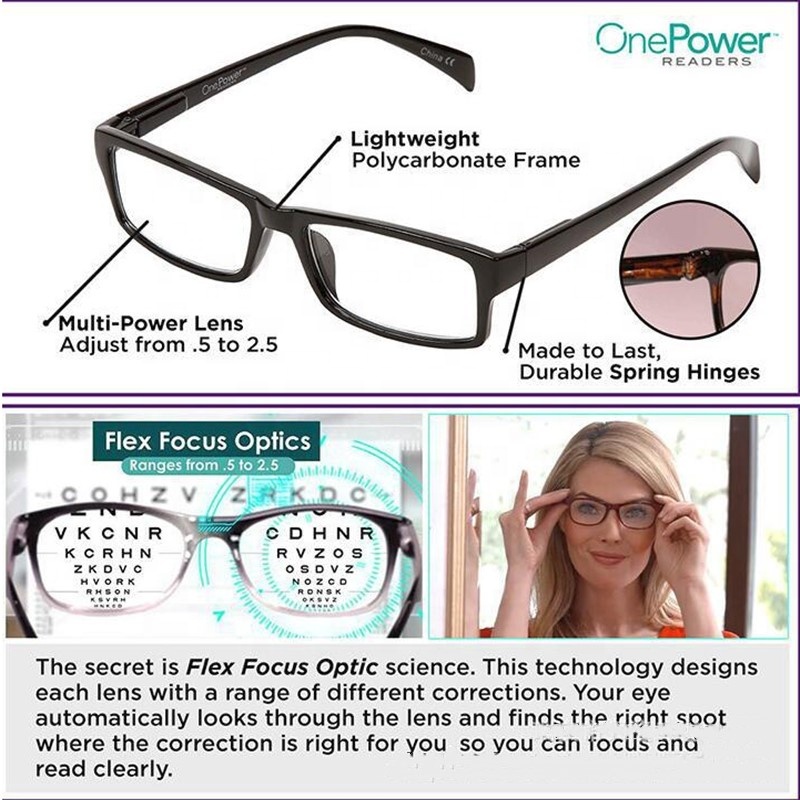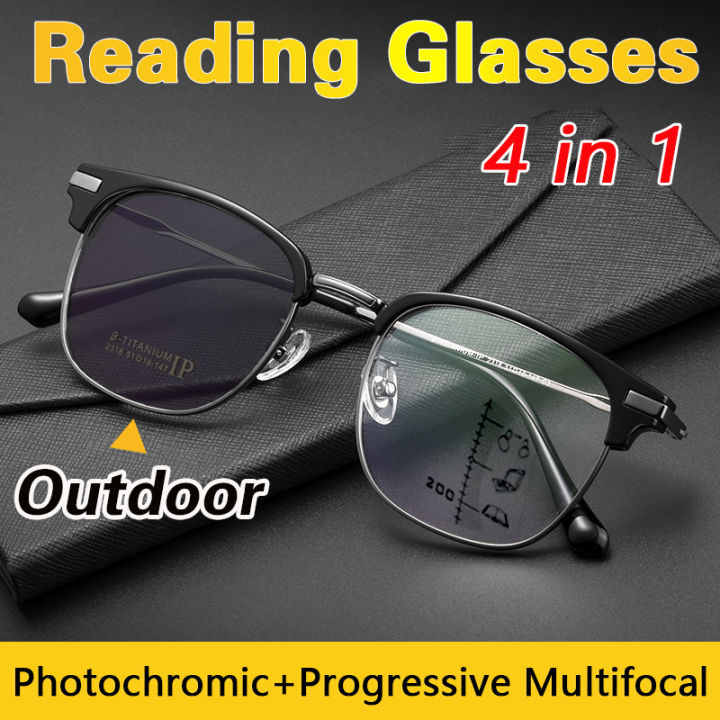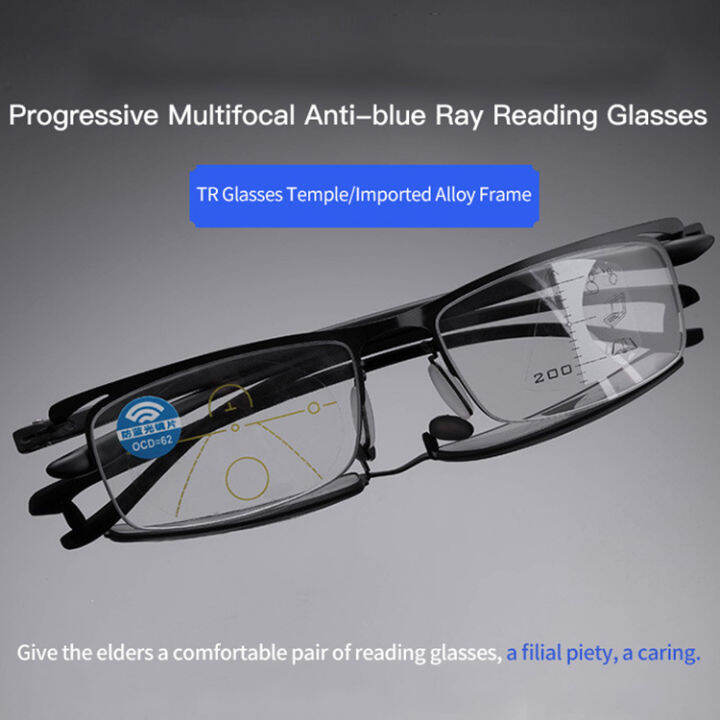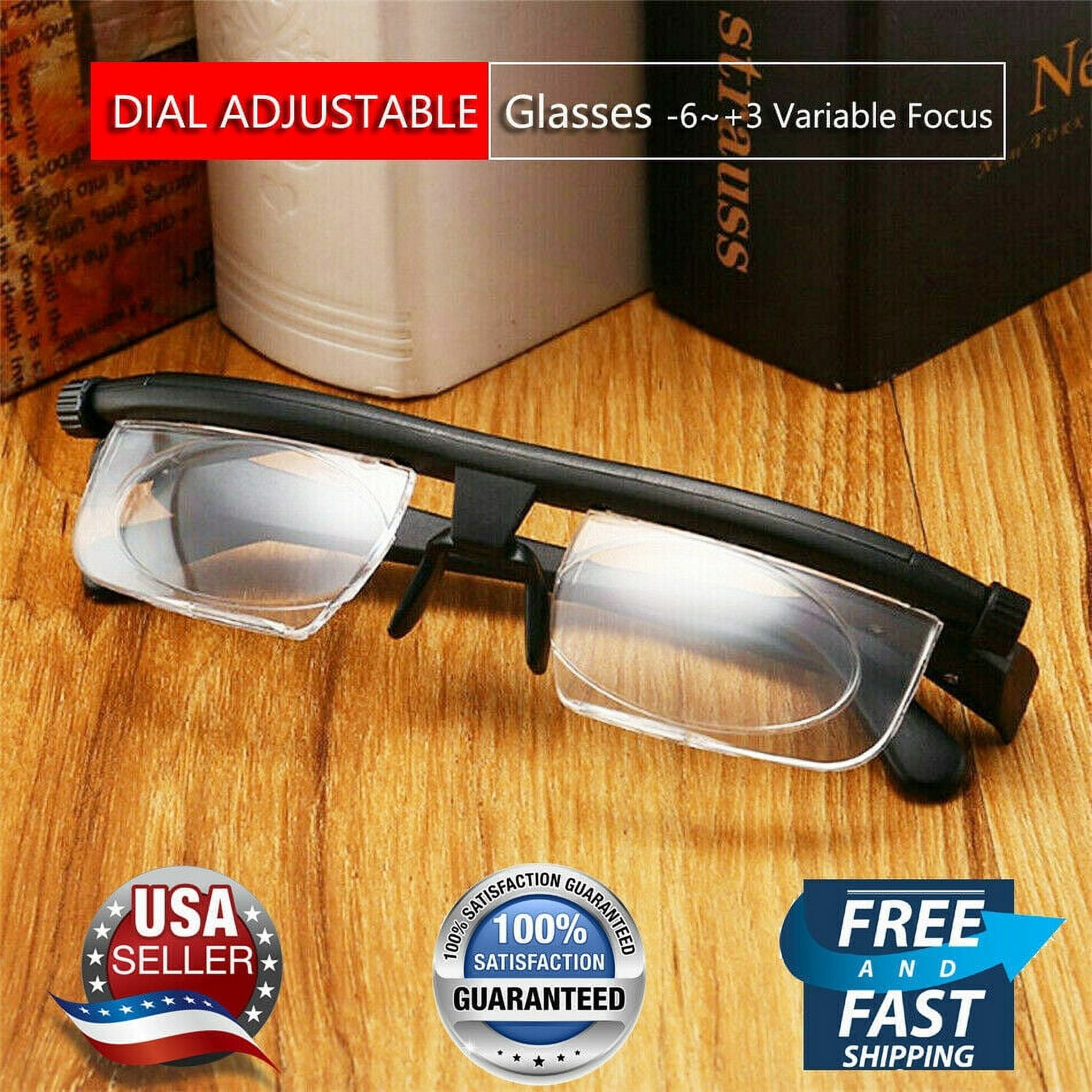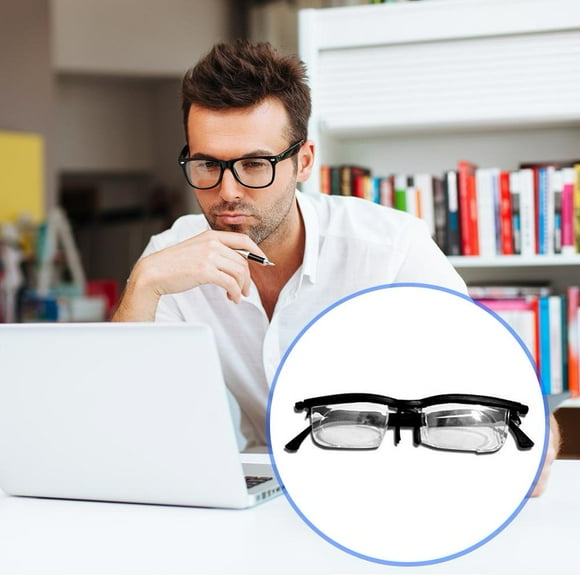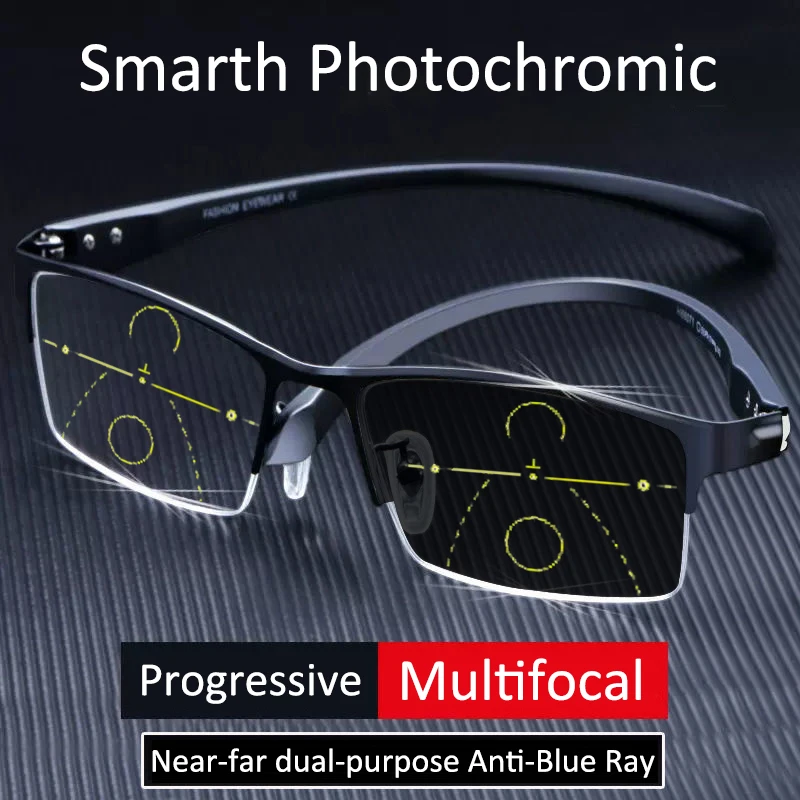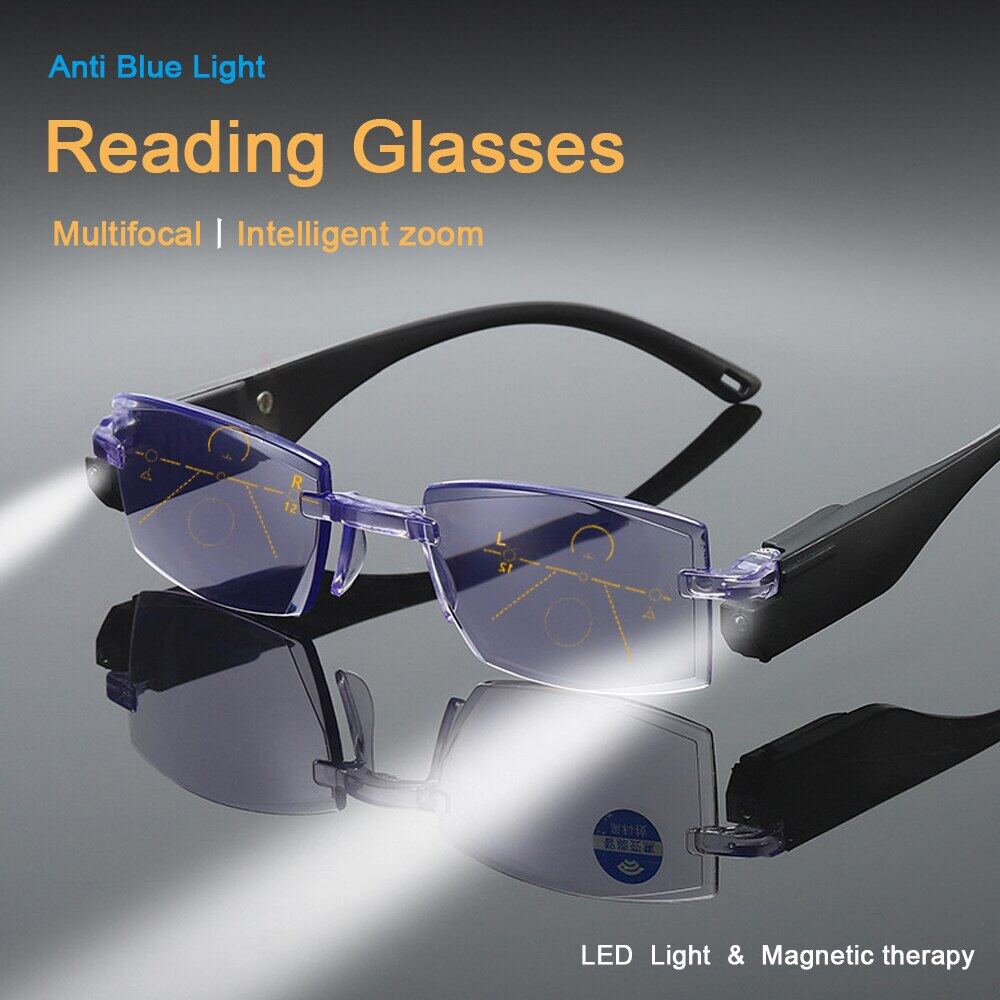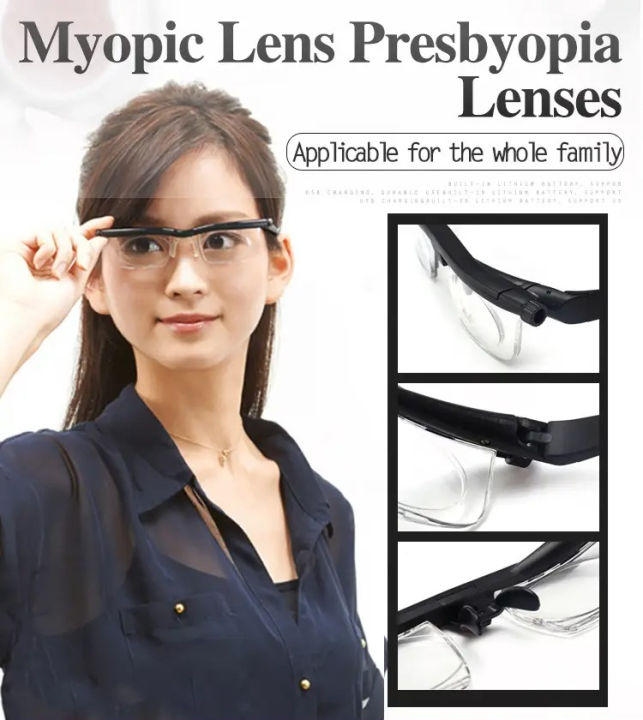Reading Glasses That Automatically Adjust Focus

For millions struggling with age-related vision changes, a new innovation promises a clearer view of the world without the constant juggling of multiple pairs of glasses. Adaptive optics, previously confined to scientific instruments, are now being integrated into reading glasses, offering dynamic focus adjustment for near vision tasks.
These self-adjusting spectacles aim to correct presbyopia, the gradual loss of the eye's ability to focus on nearby objects, typically beginning in the early to mid-40s. This technology has the potential to revolutionize the way people manage their vision correction, offering convenience and clarity at various reading distances.
The Technology Behind the Focus
The core of these adaptive reading glasses lies in their use of electronically controlled lenses. These lenses, often made of polymer or liquid crystal materials, can change their shape and refractive power in response to electrical signals.
Miniaturized sensors and sophisticated algorithms analyze the distance between the eyes and the object being viewed. This data is then used to precisely adjust the lens curvature, ensuring optimal focus for the user.
Several companies are currently developing and refining this technology, each with its own approach to implementation. Some designs utilize embedded microchips and batteries to power the adjustment mechanism.
Key Players and Developments
PixelOptics is one of the pioneering companies in this field. Their emPower! lenses, while not strictly reading glasses, demonstrated the feasibility of electronically adjustable focus for multifocal vision correction. Their work laid the groundwork for future advancements.
Other companies, like Deep Optics, are focusing specifically on reading glasses that utilize liquid crystal lenses and sophisticated eye-tracking technology. Their prototypes have shown promising results in clinical trials.
Researchers at various universities are also contributing to this area. They are working on improving lens materials, sensor accuracy, and algorithm efficiency to make the glasses more compact, affordable, and effective.
Clinical Trials and Efficacy
Early clinical trials of adaptive reading glasses have yielded encouraging results. Studies have shown that these glasses can significantly improve reading speed and accuracy compared to traditional reading glasses.
Participants in these trials have also reported a higher level of comfort and satisfaction with the adaptive glasses. They have also noted a reduced need to constantly switch between different pairs of glasses for various tasks.
It is important to note that these trials are ongoing, and further research is needed to assess the long-term efficacy and safety of these devices. The studies also need to consider a wider range of user demographics and visual conditions.
Potential Benefits and Drawbacks
The potential benefits of self-adjusting reading glasses are numerous. The freedom from needing multiple pairs of glasses is a major advantage, especially for those who frequently switch between reading, computer work, and other near-vision tasks.
The ability to dynamically adjust focus could also reduce eye strain and fatigue, leading to a more comfortable visual experience. This is particularly beneficial for individuals who spend long hours reading or working at a computer.
However, there are also potential drawbacks to consider. The cost of these glasses is expected to be significantly higher than traditional reading glasses, at least initially. The reliance on electronics also raises concerns about battery life, durability, and potential malfunctions.
Accessibility and Affordability
One of the key challenges facing the widespread adoption of adaptive reading glasses is accessibility. Making these glasses affordable to a broader population will be crucial for their success.
As technology advances and production costs decrease, the price of these glasses is expected to become more competitive. Government subsidies and insurance coverage could also play a role in improving accessibility.
Furthermore, ensuring that these glasses are available to individuals with diverse vision needs and preferences will be essential. This includes offering a variety of frame styles, lens sizes, and adjustment ranges.
Future Outlook
The development of self-adjusting reading glasses represents a significant step forward in vision correction technology. While still in its early stages, this technology has the potential to transform the way people manage presbyopia and other near-vision problems.
Continued research and development will be crucial to improve the performance, affordability, and accessibility of these glasses. As the technology matures, we can expect to see even more sophisticated features, such as personalized vision profiles and integration with other smart devices.
Ultimately, the goal is to provide individuals with a clear, comfortable, and convenient visual experience, allowing them to fully engage with the world around them. The coming years will reveal how this innovative technology shapes the future of vision correction.
